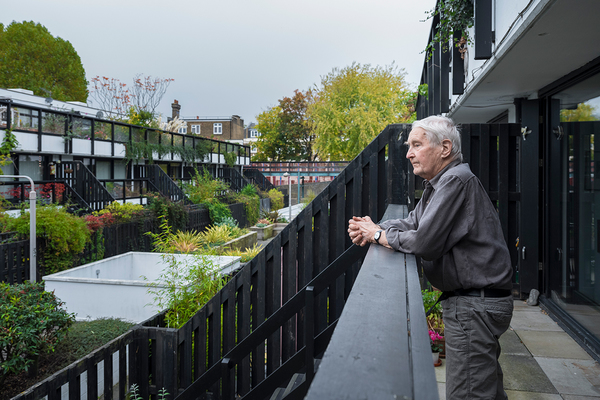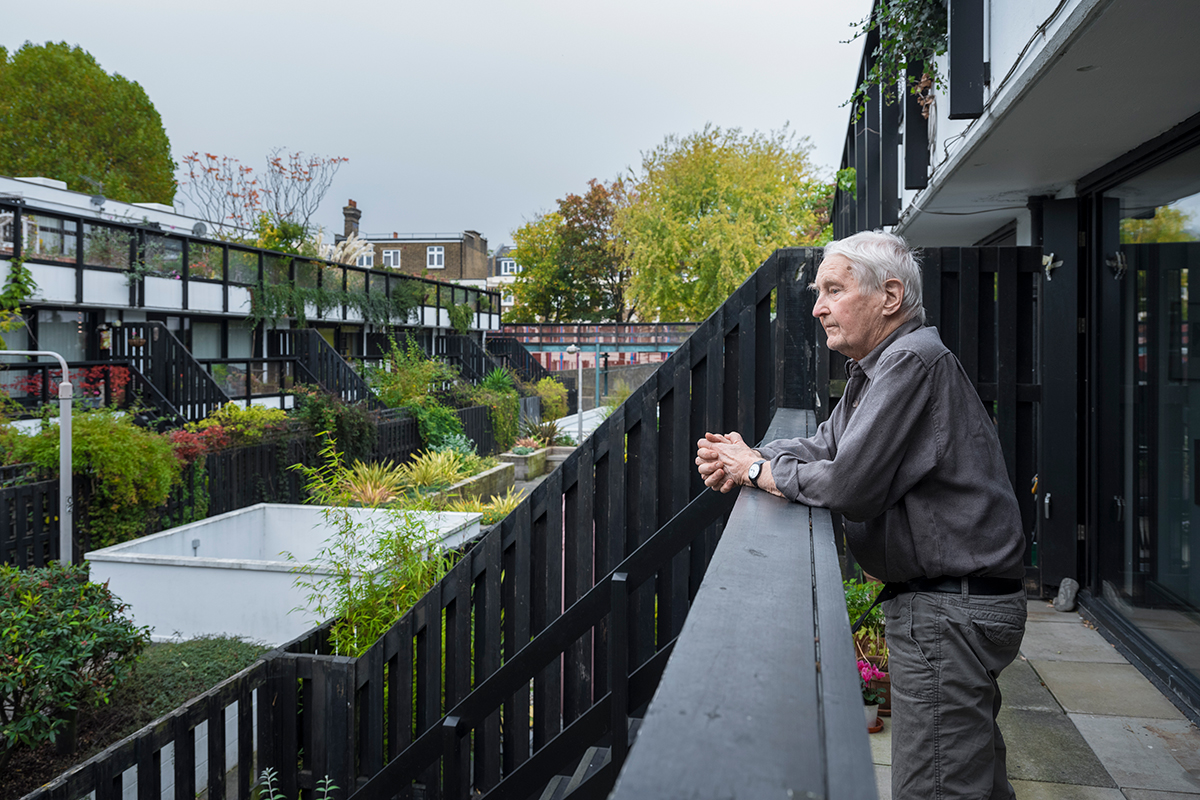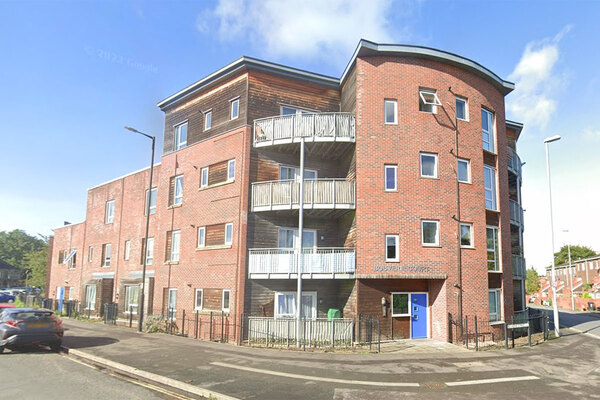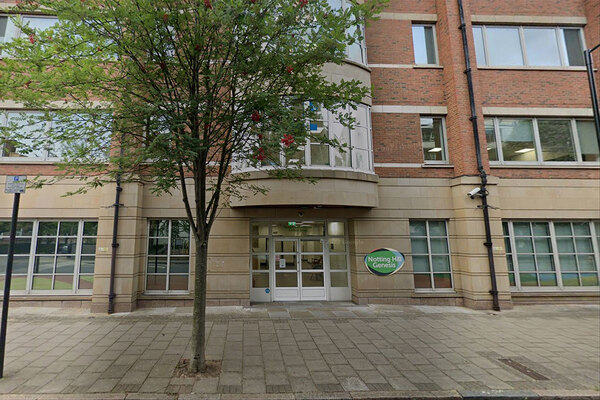You are viewing 1 of your 1 free articles
Pioneering social housing architect Neave Brown dies
Neave Brown, the visionary social housing architect, has passed away aged 88.
Mr Brown, who received the UK’s highest accolade for architecture, died yesterday following lung cancer.
Inside Housing visited Mr Brown at his residence in London in November, shortly after he had received the Royal Institute of British Architects Royal Gold Medal in recognition of his life’s work.
The architecture giant lived at the Dunboyne Road Estate near Gospel Oak in north London – one of the schemes he designed himself when he was an architect at Camden Council.
Mr Brown, who designed many social housing estates, told Inside Housing: “We were committed to the idea of social housing being social and to do with society.”
When designing his buildings, the innovative architect told The Guardian: “I didn’t think I was designing social housing, but just housing. Good London housing.”
Very sad to hear of the death yesterday of the wonderful Neave Brown. Architect of our estate and champion of social housing. Our thoughts are with his family. @RIBA @Grindrod pic.twitter.com/VRwk5Aijl7
— Alexandra&Ainsworth (@AA_Estate)Very sad to hear of the death yesterday of the wonderful Neave Brown. Architect of our estate and champion of social housing. Our thoughts are with his family. @RIBA @Grindrod pic.twitter.com/VRwk5Aijl7
— Alexandra&Ainsworth (@AA_Estate) January 10, 2018
Mr Brown also refused to design tower blocks, because he believed it was the “wrong thing to do” despite it being popular among his contemporaries.
He told Inside Housing that the Grenfell Tower tragedy gave a “new background” to how the UK should think about a renewed housing programme.
Mr Brown said that any scheme must be considered in the context of a “reassessment process” needed for existing high-rise blocks after Grenfell.
Mr Brown added: “Everyone knows that those buildings should never have been built and the kind of thesis that I and others of that period were talking about should have been the right one.”
He advised a return to Parker Morris space standards, a reasonable internal size for public housing devised in a 1961 report called Homes for Today and Tomorrow.
Born in the US to an American mother and an English father, Mr Brown moved to the UK aged three. After studying at the Architectural Association School of Architecture in London, he went on to design works in Camden and the Netherlands.
Goodbye, Neave Brown, who brought intelligence, detail, humanity and elegance to the design of housing estates. Glad he lived to receive the long-overdue recognition, and will always remember visiting him at Dunboyne Road last year. pic.twitter.com/ReDJSLjkuI
— Maik Novotny (@MaikNovotny)Goodbye, Neave Brown, who brought intelligence, detail, humanity and elegance to the design of housing estates. Glad he lived to receive the long-overdue recognition, and will always remember visiting him at Dunboyne Road last year. pic.twitter.com/ReDJSLjkuI
— Maik Novotny (@MaikNovotny) January 10, 2018
All of Mr Brown’s UK work was listed, including his most famous project – Camden Council’s Alexandra Road Estate near Swiss Cottage, completed in 1978. The 520 homes in stepped terraces had a highest block of eight storeys.
At the age of 73 he returned to follow a desire to study art, spending four years at the City & Guilds of London Art School.
When he received the Royal Gold Medal, Ben Derbyshire, president of RIBA, said of Mr Brown: “His pioneering ideas firmly placed the community at the heart of each of his developments, giving residents shared gardens, their own front door, innovative flexible living spaces and private outside space for every home.”









